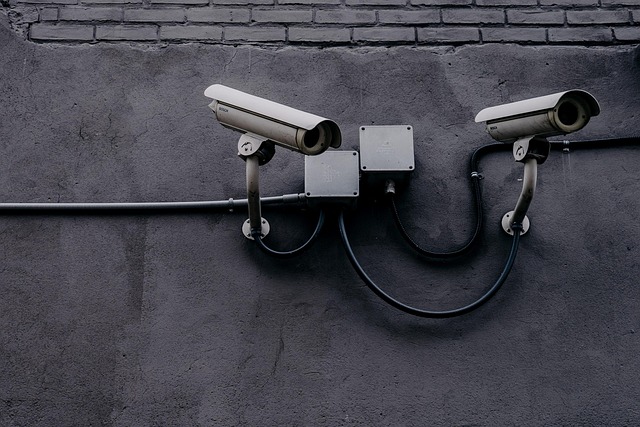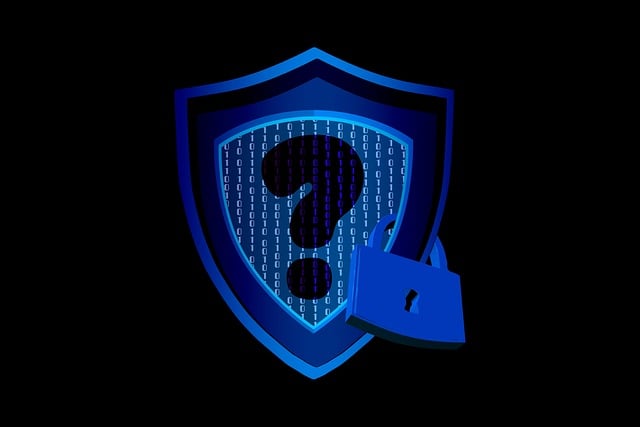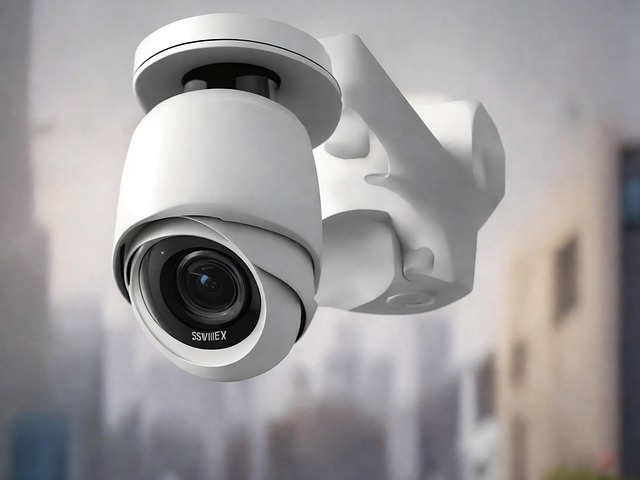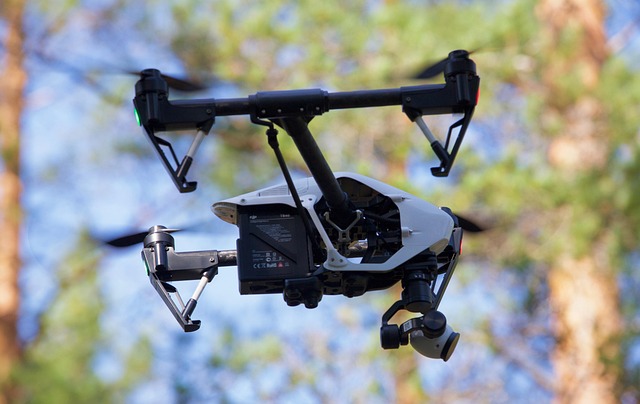Remote monitoring security is a crucial aspect of modern smart home and business security systems, enabling control over devices from any location with an internet connection. This technology facilitates real-time data transmission, alerts, and immediate responses to potential issues. Key components include secure network connections, encryption protocols, reputable service providers, regular software updates, and strong authentication methods like multi-factor authentication. Smart security systems offer significant benefits for homes and businesses, with AI-driven detection, automated entry systems, high-resolution cameras, and cloud-based storage. When choosing a system, align technology with property needs, and follow best practices including device configuration, regular testing, software updates, strong passwords, user education, and network protection.
In today’s digital era, smart security systems offering remote monitoring are essential for businesses and homes alike. This comprehensive guide provides professional advice on enhancing your property’s security with these advanced technologies. We’ll explore the fundamentals of remote monitoring security, delve into the benefits of implementation, and outline key components for an effective setup. Learn about choosing the right technology and best practices for securing and maintaining your system to ensure peace of mind.
- Understanding Remote Monitoring Security: The Basics
- Benefits of Implementing Smart Security Systems
- Key Components for a Comprehensive Remote Monitoring Setup
- Choosing the Right Technology for Your Security Needs
- Best Practices for Securing and Maintaining Your System
Understanding Remote Monitoring Security: The Basics

Remote monitoring security is a critical aspect of modern smart home and business security systems. It allows users to access and control their security devices from anywhere with an internet connection, providing peace of mind and enhanced flexibility. The process involves transmitting real-time data and alerts remotely, ensuring immediate response to potential issues.
At its core, remote monitoring security relies on secure network connections and encryption protocols to protect user data and privacy. It’s essential for users to choose reputable service providers who employ robust cybersecurity measures. Additionally, regular software updates and strong authentication methods, such as multi-factor authentication, strengthen the overall system security.
Benefits of Implementing Smart Security Systems

Implementing smart security systems offers a multitude of benefits, significantly enhancing home or business safety. One of the key advantages is remote monitoring security. With smart security cameras and alarms connected to your smartphone, you can keep an eye on your property from anywhere in the world. This real-time access allows for immediate responses to potential threats, whether it’s identifying a suspicious activity or verifying a break-in alarm.
Additionally, these systems integrate advanced technology like artificial intelligence (AI) to detect unusual patterns and behavior, reducing false alarms while increasing accurate security alerts. Smart locks and automated entry systems further boost convenience and security, allowing authorized access while restricting unauthorized attempts. This comprehensive approach to remote monitoring security creates a safer environment, providing peace of mind for homeowners and business owners alike.
Key Components for a Comprehensive Remote Monitoring Setup

Implementing a robust remote monitoring security system is essential for businesses aiming to secure their assets and operations from afar. The key components of such a setup include advanced surveillance technology, real-time data analytics, and reliable communication networks. High-resolution cameras equipped with AI-powered object detection and facial recognition capabilities ensure comprehensive coverage, while integrated alarm systems trigger alerts upon suspicious activities.
Additionally, cloud-based storage solutions facilitate secure access to video footage and security logs from anywhere, enabling swift response times. Efficient remote monitoring also relies on robust internet connections, such as fiber optics or cellular networks, for seamless data transfer. These interconnected elements form the backbone of a sophisticated remote monitoring security system, enhancing business safety and peace of mind.
Choosing the Right Technology for Your Security Needs

When selecting a smart security system, understanding your specific needs and available technologies is paramount. Start by evaluating your property’s unique requirements—whether it’s a home or a commercial space—and consider factors like size, perimeter, and potential vulnerabilities. For instance, remote monitoring security features can be a game-changer for homeowners seeking peace of mind, allowing them to check in on their properties from anywhere via mobile apps.
Tech-savvy businesses might benefit from advanced systems integrating artificial intelligence for object recognition and automated responses. Additionally, hybrid solutions offering both wired and wireless components can provide enhanced flexibility and reliability. Remember, the right technology should not only deter potential intruders but also offer real-time alerts, clear video footage, and efficient integration with your existing home or office infrastructure.
Best Practices for Securing and Maintaining Your System

To keep your smart security system running smoothly and efficiently, best practices involve regular maintenance and proactive securing measures. Start by ensuring all devices are properly configured according to manufacturer guidelines. This includes setting up access controls, updating firmware, and configuring remote monitoring security features to monitor activity and receive alerts remotely. Regularly testing your system’s functionality is also crucial; test sensors, cameras, and alarms periodically to confirm they’re operating accurately and effectively.
Additionally, keep your system updated with the latest security patches and software enhancements. Use strong, unique passwords for all user accounts associated with your security system and enable two-factor authentication where available. Educate all household members or employees about proper system usage and safety protocols, ensuring everyone knows how to respond during an alert or emergency. Lastly, maintain a secure network by using encrypted connections and keeping Wi-Fi networks strong and protected with complex passwords.
In today’s digital era, remote monitoring security has become an indispensable tool for safeguarding personal and professional spaces. By understanding the basics, leveraging the benefits of smart security systems, and implementing key components, individuals and organizations can enhance their safety and peace of mind. Choosing the right technology and adhering to best practices ensures a comprehensive and secure setup that protects against potential threats. Embracing these strategies is a step towards fostering a safer environment, both online and offline.
